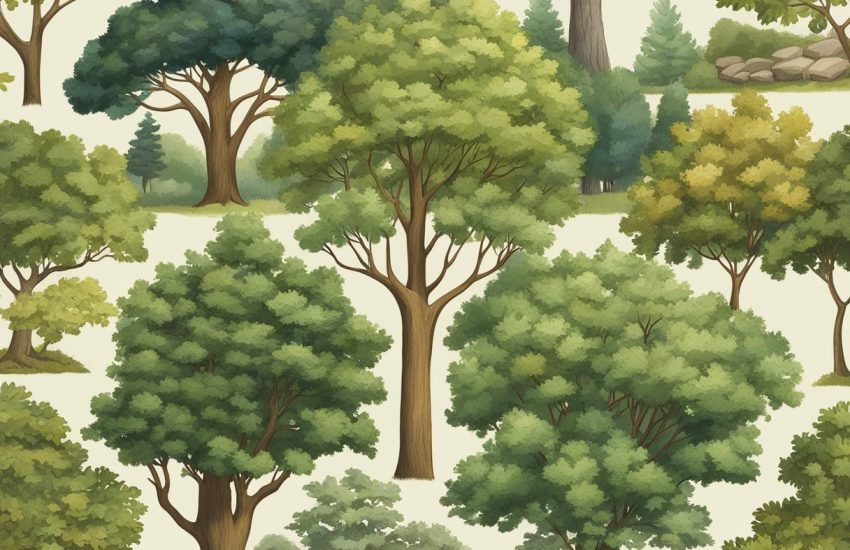Fastest Growing Trees in Indiana: Top 5 Species to Consider for Your Landscape
Indiana is home to a variety of trees that can grow quickly and provide numerous benefits to the environment and local communities. Fast-growing trees are a great option for those who want to establish a lush landscape quickly or need to provide shade, privacy, or wind protection. In this article, we will explore some of the fastest-growing trees in Indiana and their unique characteristics.
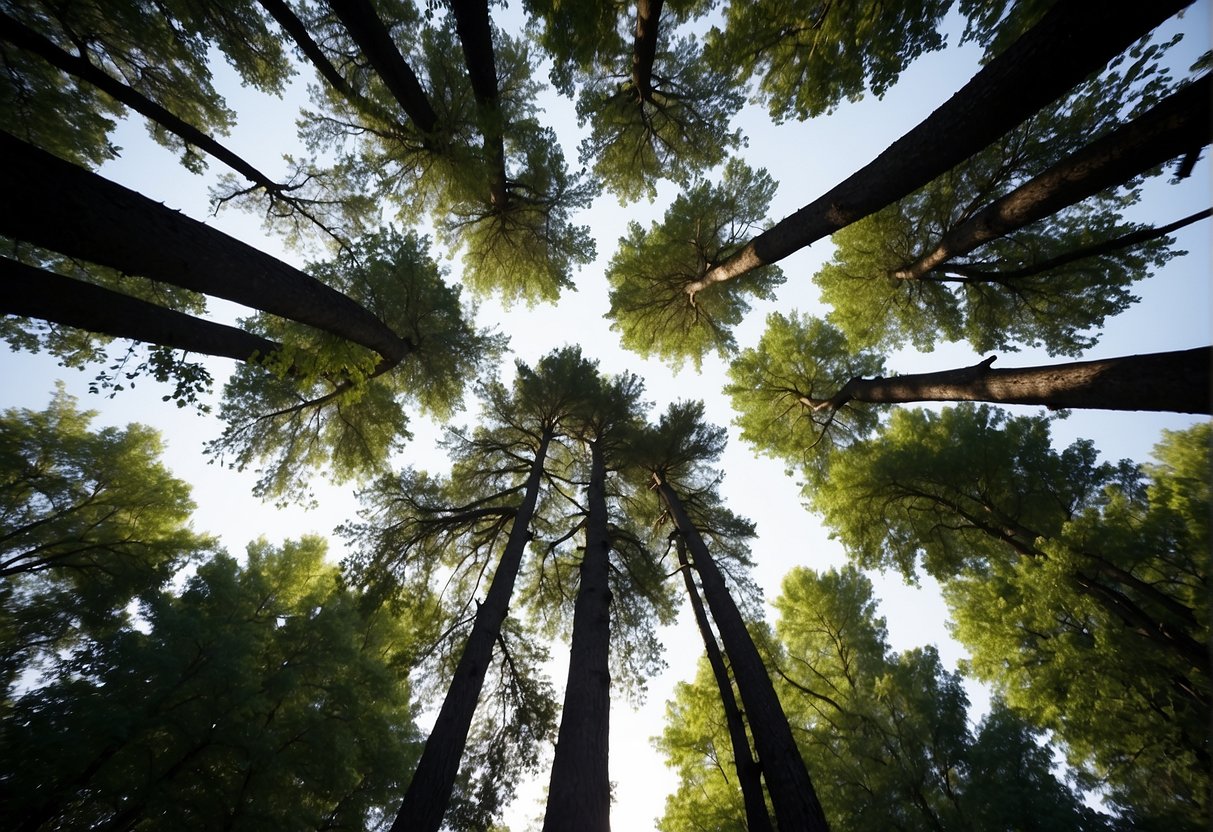
One of the fastest-growing trees in Indiana is the hybrid poplar, which can grow up to 8 feet per year in ideal conditions. This tree is known for its tall, straight trunk and broad canopy, making it an excellent choice for windbreaks or privacy screens. Additionally, hybrid poplars are often used in reforestation efforts due to their ability to quickly establish themselves and provide habitat for wildlife.
Another fast-growing tree that thrives in Indiana is the silver maple. This tree can grow up to 3 feet per year and is known for its striking silver bark and large, broad leaves. Silver maples are often planted in urban areas due to their tolerance for pollution and ability to provide shade. They are also a popular choice for landscaping projects due to their attractive appearance and fast growth rate.
Native and Adaptive Tree Species in Indiana
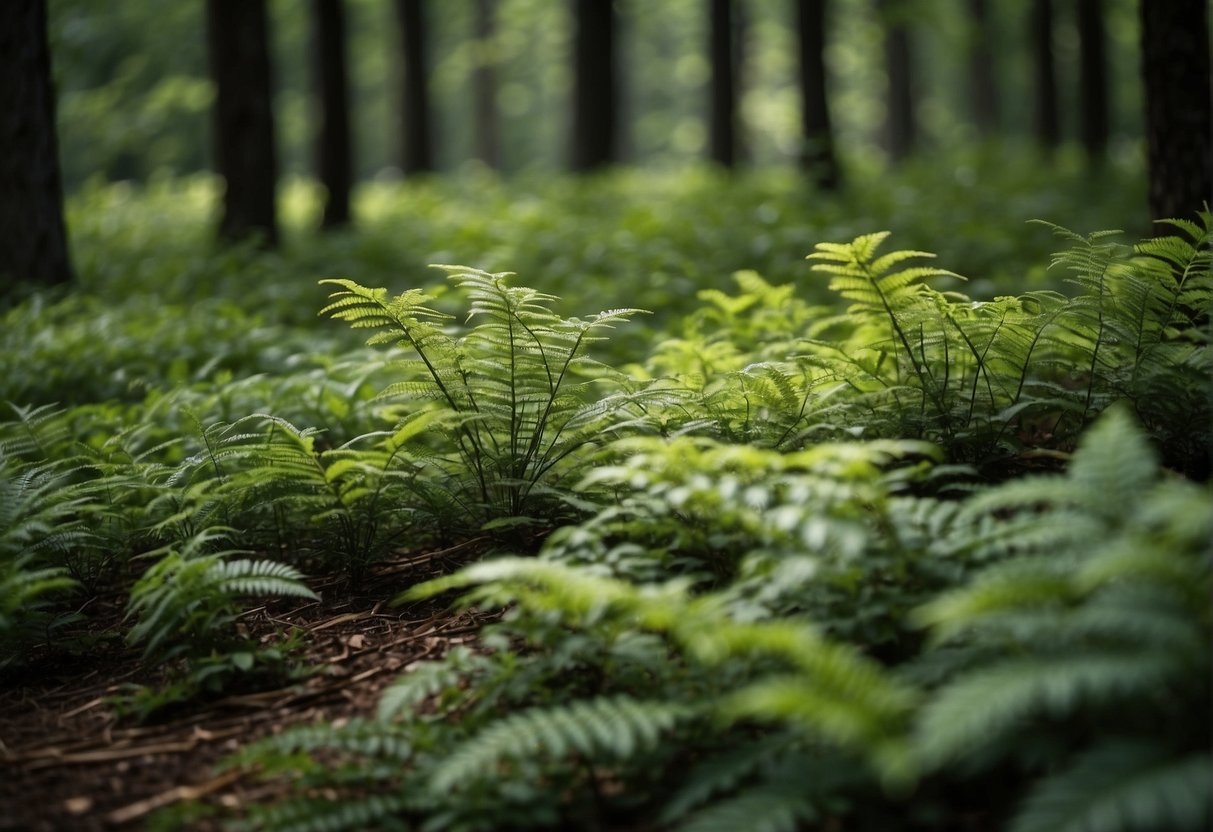
Indiana is home to a variety of native and adaptive tree species that can thrive in its diverse landscape, soil types, and climate. Planting native trees not only benefits the environment but also provides numerous benefits to the landscape.
Benefits of Planting Native Trees
Native trees are well adapted to the local environment, making them more resistant to pests, diseases, and extreme weather conditions. They also require less maintenance, fertilizer, and water compared to non-native species. Native trees also provide numerous environmental benefits, such as improving air and water quality, reducing erosion, and providing habitat for wildlife.
Popular Native Trees for Indiana Landscapes
There are many native tree species that can be planted in Indiana landscapes. Some popular native trees include:
Redbud (Cercis canadensis): This small tree is known for its stunning pink or lavender flowers that bloom in early spring. It can grow in a variety of soil types and is hardy in USDA hardiness zones 4-9.
Sugar Maple (Acer saccharum): This iconic tree is known for its brilliant fall foliage and is commonly found in Indiana forests. It prefers well-drained soil and is hardy in USDA hardiness zones 3-8.
White Oak (Quercus alba): This large and long-lived tree is a staple of Indiana’s forests and landscapes. It prefers well-drained soil and is hardy in USDA hardiness zones 3-9.
American Beech (Fagus grandifolia): This shade-loving tree is known for its smooth gray bark and is commonly found in Indiana’s forests. It prefers moist, well-drained soil and is hardy in USDA hardiness zones 3-9.
Eastern Red Cedar (Juniperus virginiana): This evergreen tree is known for its aromatic wood and is commonly used for landscaping and windbreaks. It can grow in a variety of soil types and is hardy in USDA hardiness zones 2-9.
Overall, planting native trees in Indiana landscapes can provide numerous benefits to the environment and the community. By selecting the right species for the soil type and climate, homeowners and landscapers can create beautiful and sustainable landscapes that thrive for years to come.
Selecting the Right Tree for Your Needs
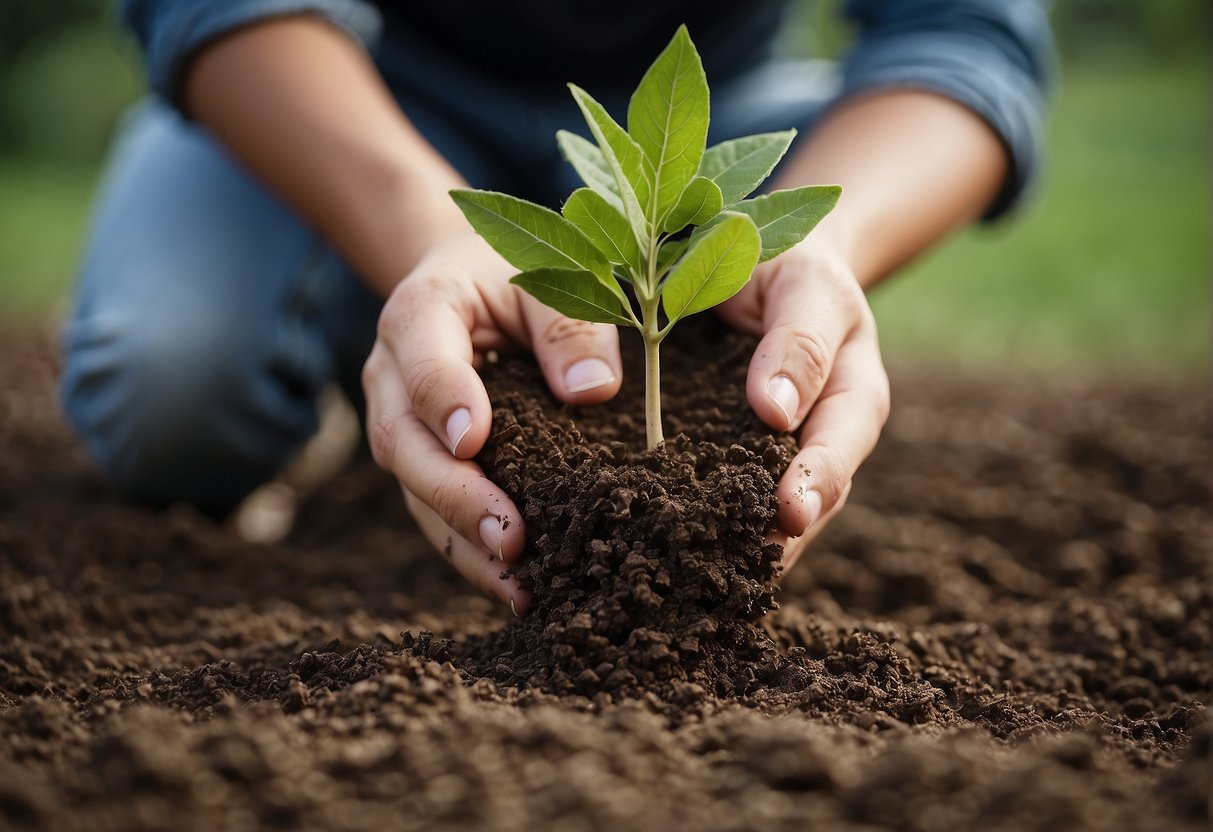
When it comes to selecting the right tree for your needs, it is important to consider the purpose of the tree. Are you looking for a shade tree to provide comfort and utility, an ornamental tree to enhance your yard’s aesthetic appeal, or a fruit tree to produce homegrown produce? Here are some options to consider:
Shade Trees for Comfort and Utility
If you’re looking for a tree that can provide shade and comfort during hot Indiana summers, consider planting a shade tree. Some popular options include the American Sycamore, Northern Red Oak, and the Tulip Tree. These trees are known for their large canopies and ability to provide ample shade. They also offer a number of benefits, including improved air quality, reduced energy costs, and increased property value.
Ornamental Trees for Aesthetic Appeal
Ornamental trees are perfect for adding color and visual interest to your yard. Some popular options include the Eastern Redbud, Dogwood, and the Japanese Maple. These trees offer beautiful flowers, unique foliage, and vibrant fall colors. They are also a great way to attract birds and other wildlife to your yard.
Fruit Trees for Homegrown Produce
If you’re interested in growing your own produce, consider planting a fruit tree. Some popular options include the Apple, Cherry, and Peach tree. These trees offer delicious fruit that can be enjoyed fresh or used in a variety of recipes. They also provide a number of benefits, including improved air quality, reduced carbon footprint, and increased property value.
When selecting a tree, it is important to consider the tree’s needs as well as your own. Be sure to choose a tree that is suited for your climate, soil type, and sun exposure. It is also important to consider any potential maintenance requirements, such as pruning or pest control. By selecting the right tree for your needs, you can enjoy all the benefits that trees have to offer for years to come.
Tree Planting and Care Practices
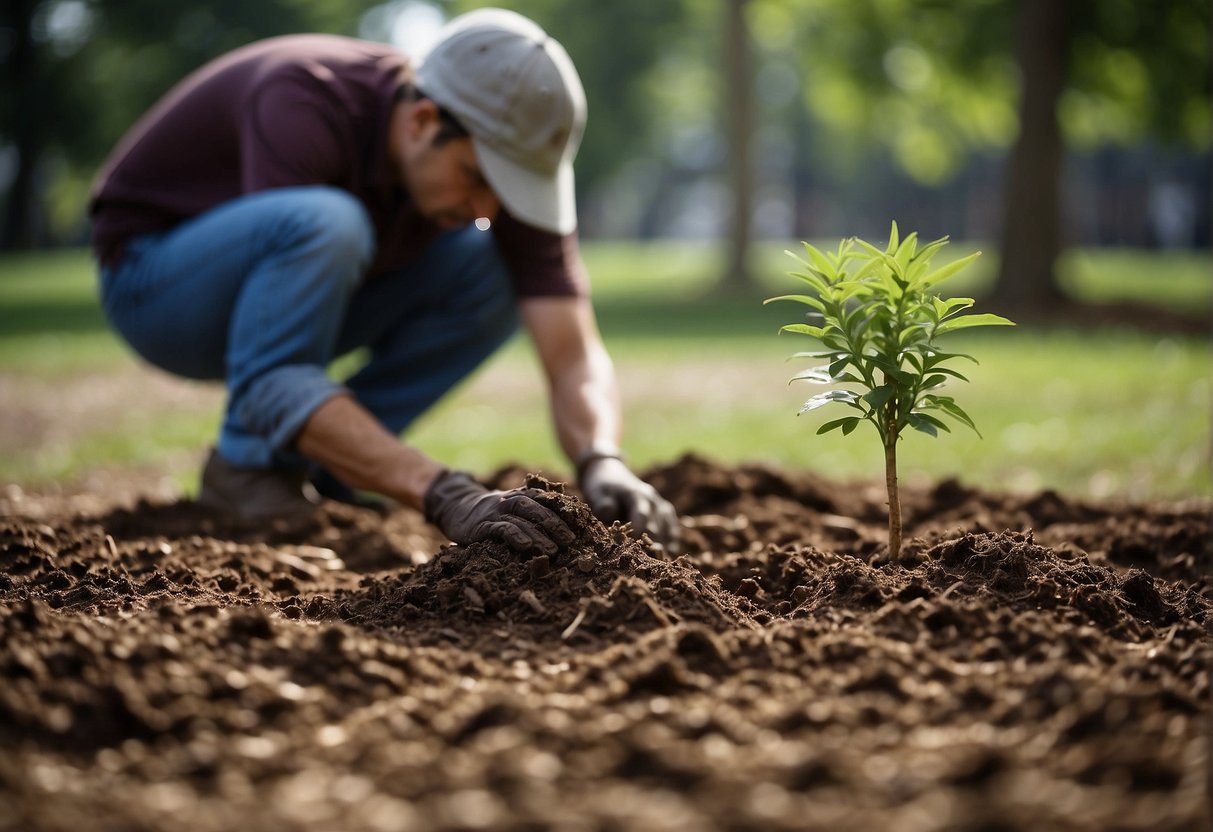
Soil Preparation and Tree Planting
Planting a tree in Indiana involves several important steps to ensure the tree’s successful growth. The first step is to choose a suitable location for planting. The site should have adequate sunlight, good soil drainage, and enough space for the tree to grow. Before planting, it is important to prepare the soil properly. The soil should be loosened to a depth of at least 12 inches and amended with organic matter, such as compost or peat moss, to improve soil structure and fertility.
When planting the tree, it is important to dig a hole that is at least twice as wide as the root ball and slightly shallower than the height of the root ball. The tree should be planted at the same depth it was growing in the nursery. After planting, the tree should be watered thoroughly and mulched with a layer of organic material, such as wood chips or shredded bark, to help retain moisture and suppress weeds.
Maintenance and Pruning Techniques
Proper care and maintenance are essential for the growth and health of trees in Indiana. Regular pruning can help promote healthy growth, improve tree structure, and prevent damage from storms or disease. Pruning should be done during the dormant season, typically in late winter or early spring, when the tree is not actively growing.
Drought-tolerant trees are a good choice for Indiana’s hot and dry summers. These trees have adapted to survive in low moisture conditions and require less watering than other trees. However, it is still important to water trees regularly, especially during the first few years after planting.
Low-maintenance trees are also a good choice for homeowners who do not have the time or resources to care for their trees regularly. These trees require minimal pruning and watering and can thrive in a variety of soil conditions.
Overall, planting and caring for trees in Indiana requires careful attention to soil conditions, pruning, and watering. By following these simple practices, homeowners can enjoy beautiful, healthy trees for many years to come.
Challenges and Considerations
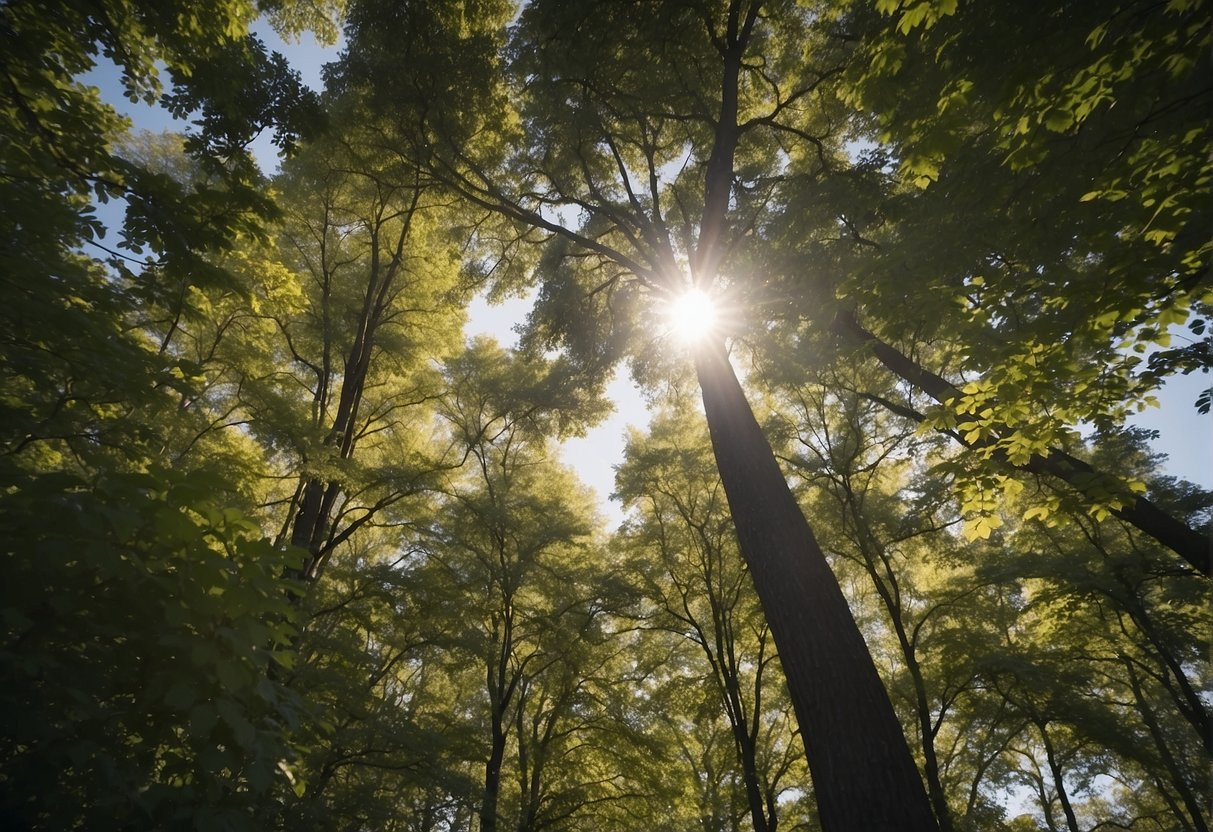
Dealing with Pests and Diseases
Indiana’s fast-growing trees are not immune to pests and diseases. One of the most significant threats to trees in the state is Dutch elm disease, which has killed thousands of trees in Indiana. It is caused by a fungus spread by beetles that feed on the bark of the tree. The disease can cause the tree to wilt and die within a few weeks.
Another common issue is chlorosis, which is caused by a lack of iron in the soil. This can cause the leaves to turn yellow or white, and the tree to weaken. It is important to test the soil before planting trees to ensure that it is rich in nutrients and minerals.
Adapting to Indiana’s Climate and Soil Variability
Indiana’s climate and soil variability can make it challenging to grow trees. The state has heavy clay soil, which can be difficult for some trees to grow in. Additionally, drought and pollution can also affect tree growth.
To overcome these challenges, it is important to select trees that are well adapted to the region’s climate and soil conditions. For instance, trees that are native to the till plains of Indiana, such as the sugar maple, are well suited to the state’s soil and climate.
It is also important to choose trees that are hardy enough to survive in zones 5 and 6, which are the two main growing zones in Indiana. By selecting the right trees and taking care of them properly, it is possible to grow fast-growing trees in Indiana successfully.
Overall, growing fast-growing trees in Indiana requires careful consideration of the challenges and issues that can affect tree growth. By selecting the right trees and taking care of them properly, it is possible to create a beautiful and thriving landscape.


